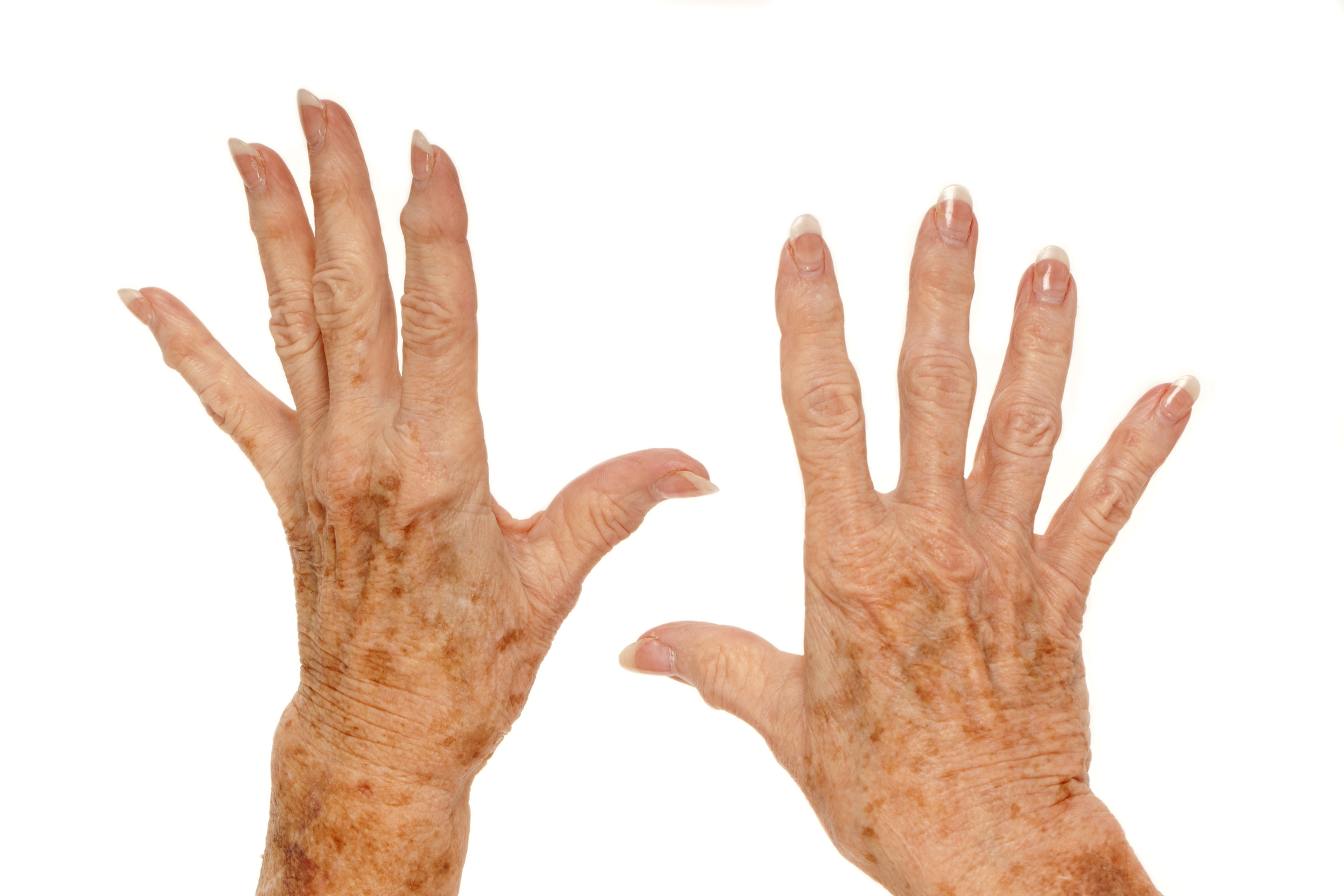WHAT IS ACTINIC KERATOSIS?
Actinic Keratosis (AK) is a skin condition the is frequently found on the sun-exposed areas and considered to be precancerous. People who have had previous significant sun exposure are prone to develop AK due to skin damage by the Ultraviolet (UV).

AK is not only associated with UV exposure. The dysfunction of the immune system, ageing, and certain medications may also play a role. The AK is often presented by multiple lesions but can be solitary as well. Clinically, it presents as ill define pink, scaly macules or papules; the colour may vary from skin coloured to red or even pigmented. The most common areas affected by the AK are the face, bald scalp, and back of hands, however often can be found on the upper torso.
The clinical significance of the AK is that it can evolve into SCC (Squamous Cell Carcinoma). The risk is higher when there are more than 10 AK lesions. The Diagnosis is made mostly clinically by the Dermatologist; however, the biopsy is warranted in certain situations to exclude the SCC.
There are various treatments of the AK. The most common are the Liquid Nitrogen; shave excision, curettage and electrodesiccation are often used to remove so-called Hypertrophic Actinic Keratosis (thickened lesions). All treatment options are leave damaged skin that heals in several weeks. In the case of multiple AKs, field therapy is often used. This mode of treatment is capable of treating large areas such as scalp, face, or chest.
The most common options for field therapy include:
- Diclofenac
- 5-Fluoracil
- Imiquimod
- Ingenol mebutate
- Photodynamic Therapy
AK tends to re-occur after any treatment and often requires to repeat the course or choose the alternative option. It is very important to prevent AK. There is scientific evidence that broad-spectrum sun protection applied daily may improve Actinic Keratosis.
